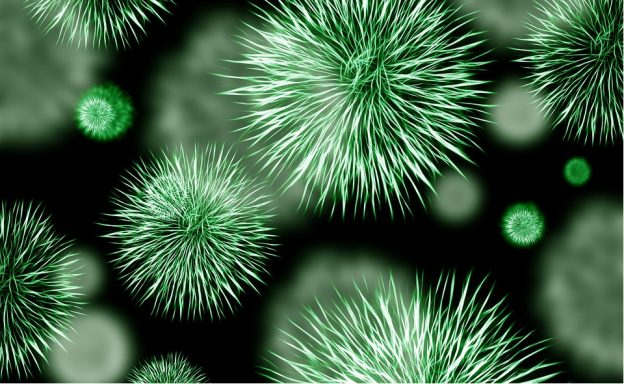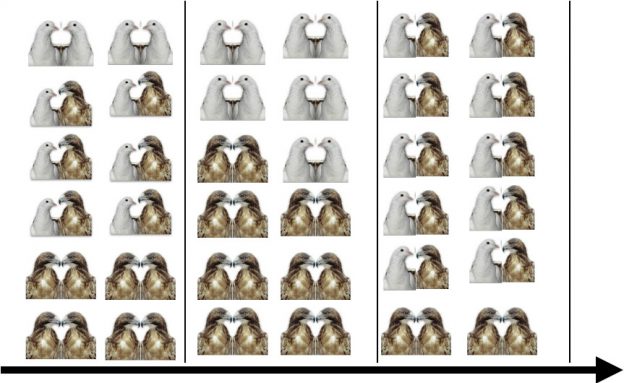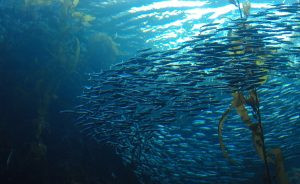Sexually transmitted diseases are not just a matter of humans, but at a much larger scale also a matter of animals. By definition, pathogens responsible for these diseases are transmitted through the sexual intercourse, in contrast to the other pathogens that are transmitted by another medium (air, water, soil) or other contact than the sexual one. Sexually transmitted diseases have a number of features that distinguish them from the other infections. If they are harmful, then they often reduce reproductive abilities of their hosts (are sterilizing) rather than increasing their mortality. Sexual transmission is also often accompanied by vertical transmission (transmission of pathogens from mother to child during pregnancy), which is usually not the case of the other diseases. A very nice introductory article about ecology and evolution of sexually transmitted diseases is Antonovics et al. (2011).
A special type of contact defining transmission of sexually transmitted diseases, that is, sexual intercourse, determines the transmission rate, i.e. the number of healthy individuals that get infected per unit time. In animals is dynamics of sexual contacts determined by dynamics of mating. Probably in most animals the aim of mating is an offspring production, and mating dynamics thus determines reproduction dynamics. In other words, the processes of host reproduction and transmission of sexually transmitted pathogens are related by mating dynamics, as opposed to other infections where these two processes are not correlated (with the exception of vertical transmission where reproduction directly determines vertical transmission). The critical element for modelling dynamics of sexually transmitted diseases is thus a submodel of mating dynamics, which depends on a specific mating system and includes elements such as encounter rate between males and females, sexual selection or an ability to mate repeatedly (with the same or other partner). Some basic models of mating dynamics can be found in Berec (2018) or Caswell & Weeks (1986).
Two characteristics, that were, based mostly on mathematical modelling, long considered typical for sexually transmitted pathogens, are an ability of such pathogens to fully sterilize their hosts (if able to sterilize) and pathogen adaptation to become cryptic (so that infection cannot be seen on the host). Since not always these two predicted characteristics agree with actual observations, we use mathematical models to look for mechanisms that lead to only partial sterilization and crypticity.


